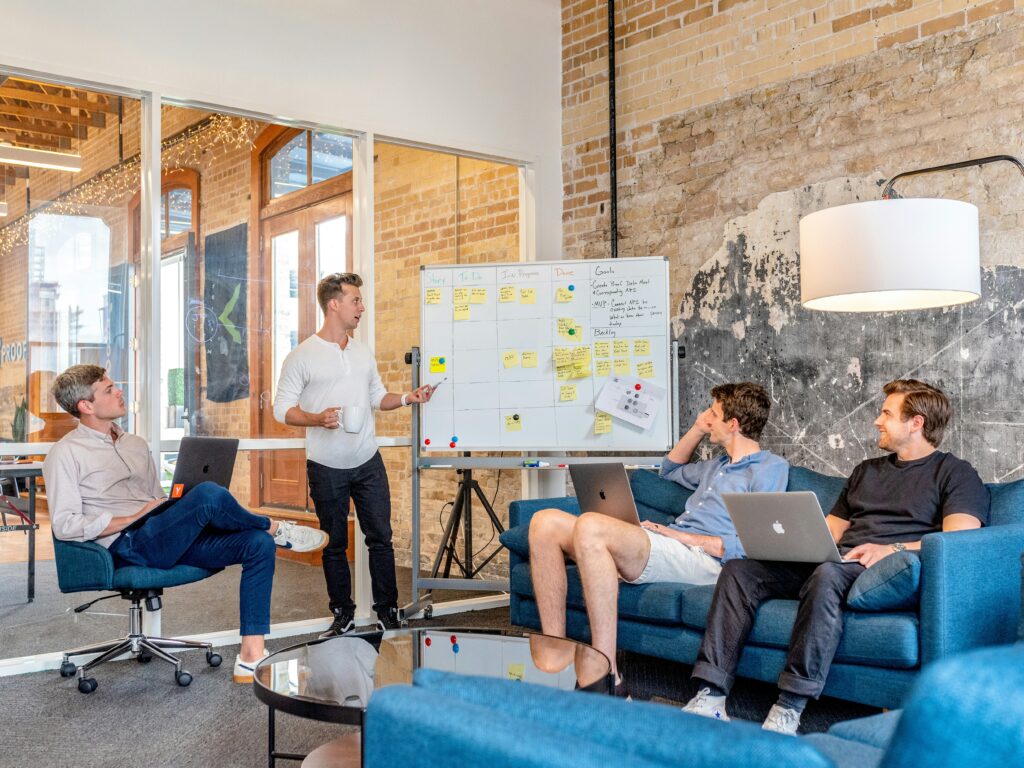The Ugandan solar provider’s EU-backed funding reveals how energy access investing requires concessional capital that venture funds cannot provide
The Story
Sawa Energy, the Ugandan renewable energy company founded in 2021, has secured €2.5 million ($2.9 million) in equity investment from ElectriFI, the EU-funded electrification initiative managed by EDFI Management Company. The investment, allocated through ElectriFI’s Uganda Country Window, targets expansion of solar photovoltaic and battery energy storage systems for commercial and industrial clients across Uganda and Rwanda—markets where diesel generators remain dominant despite their cost and environmental liabilities.
The business model proves deceptively simple yet operationally complex. Sawa Energy finances, constructs, owns, and operates solar systems for clients under 10-25 year power purchase agreements at rates below grid tariffs. Clients pay nothing upfront and incur no maintenance costs, while Sawa captures recurring revenue through long-term contracts that substitute for diesel expenditures. CEO Samuel Kaufman positions this as making “clean, affordable energy accessible for businesses across East Africa” while delivering returns to investors willing to accept extended payback periods.
The funding structure illuminates crucial distinctions between venture capital and development finance. ElectriFI operates with patient capital from the European Union seeking measurable development impact alongside financial returns—a mandate that enables investments in capital-intensive infrastructure with decade-long payback periods that traditional venture funds structurally cannot accommodate. This dynamic positions development finance institutions as essential liquidity providers for African energy access ventures that generate social returns exceeding financial ones.
The Context
Sawa Energy operates within an East African energy landscape characterized by unreliable grid infrastructure and heavy diesel dependence. Uganda’s electrification rate reached 47% in 2023 according to World Bank data, while Rwanda achieved 67%—yet connection quality remains poor with businesses experiencing frequent outages that necessitate backup generation. Diesel costs have surged alongside global oil prices, with commercial users spending 15-30% of operating expenses on fuel for generators that emit pollutants and carbon while providing expensive, unreliable power.
The addressable market proves substantial. Sub-Saharan Africa hosts approximately 600 million people lacking electricity access, while businesses with grid connections require backup power due to unreliability. The International Energy Agency estimates Africa needs $2.8 trillion in energy infrastructure investment by 2030 to achieve universal access—capital that neither commercial banks nor venture funds can provide at necessary scale and tenor.
Development finance institutions increasingly target this gap through blended finance structures combining grants, concessional debt, and equity. The EU’s Global Gateway initiative commits €150 billion toward African infrastructure, while ElectriFI specifically targets electrification with impact-first mandates that tolerate below-market financial returns if development outcomes justify investments. This capital source enables business models—like Sawa’s 25-year contracts—that purely commercial investors would reject as incompatible with fund lifecycles and return requirements.
The competitive landscape reveals interesting positioning among East African solar providers. While M-KOPA and d.light focus on residential pay-as-you-go solar home systems serving off-grid consumers, Sawa targets commercial and industrial clients with larger system sizes and contract values. This B2B focus offers superior unit economics—multi-kilowatt installations generate more revenue per deployment than household systems—but requires more upfront capital and longer sales cycles that challenge venture-backed growth trajectories.
The Intelligence
For impact investors evaluating African energy access opportunities, Sawa’s development finance backing validates thesis that patient capital rather than venture growth capital enables sustainable business models in infrastructure sectors. The company’s 10-25 year contracts align with infrastructure investment horizons but prove incompatible with venture funds requiring liquidity within 7-10 years. This structural mismatch explains why successful energy access companies increasingly pursue development finance over traditional venture capital.
The commercial-industrial client focus deserves scrutiny. While residential solar captures headlines through massive customer numbers, B2B energy-as-a-service generates superior economics: higher contract values, more predictable cash flows, lower customer acquisition costs, and stronger credit profiles compared to low-income households. Sawa’s model—removing upfront costs and maintenance responsibilities—addresses the precise barriers preventing SME adoption of solar alternatives to diesel.
For founders building energy access ventures, Sawa’s trajectory illustrates the importance of capital structure matching business model. Attempting to finance long-payback infrastructure through short-horizon venture capital creates misaligned incentives where founders face pressure to achieve exits before projects reach maturity. Development finance institutions, by contrast, structure investments around impact timelines rather than fund lifecycles, enabling business models that maximize development outcomes rather than venture returns.
The regulatory environment proves more supportive than commonly assumed. Uganda’s Renewable Energy Policy and Rwanda’s Green Growth Strategy actively encourage private sector participation in electrification through streamlined licensing, tax incentives, and feed-in tariffs. This policy support reduces political risk that might otherwise deter patient capital deployment, suggesting that coordination between development finance institutions and host governments creates enabling environments for infrastructure investment.
The “catalytic capital” concept merits attention. ElectriFI positions its equity investment as unlocking additional institutional funding by demonstrating commercial viability and absorbing first-loss risk. This blended finance approach—combining concessional public capital with commercial private capital—potentially mobilizes multiples of initial development finance through de-risking that attracts pension funds, insurance companies, and infrastructure funds requiring lower risk-adjusted returns than development institutions tolerate.
The Bridge
For VCs Reading This: “If you’re evaluating African energy access opportunities, recognize three structural constraints that require alternative capital sources:
- Long payback periods incompatible with venture fund lifecycles—Sawa’s 10-25 year contracts generate attractive IRRs over project lifetimes but cannot deliver venture-scale exits within 7-10 years
- Capital-intensive deployment requiring patient equity—each solar installation demands upfront capital with revenue accruing gradually; venture’s preference for capital-light software economics mismatches infrastructure requirements
- Development impact exceeding financial returns—energy access delivers measurable poverty reduction and emissions abatement worth pursuing despite sub-venture financial returns”
Development Finance Institutions Active in African Energy: “- ElectriFI – EU-funded initiative with €200 million committed capital targeting early-stage electrification projects; accepts first-loss positions and below-market returns for impact
- British International Investment (BII) – UK development finance with $4 billion portfolio including substantial African energy allocation; co-invests with commercial capital
- Proparco France – €2 billion under management with dedicated renewable energy allocation; provides patient capital for infrastructure with 10-15 year horizons”
For Founders Reading This: “Key takeaways for building sustainable African energy access ventures:
- Design capital structure around business model rather than investor preferences—pursuit of venture capital may force unsustainable growth trajectories; development finance enables appropriate scaling pace
- Target B2B before B2C—commercial clients offer superior unit economics, credit profiles, and contract values compared to residential markets requiring massive scale for profitability
- Build operational excellence before geographic expansion—Sawa’s focus on Uganda and Rwanda enables service quality and local expertise that multi-country ventures sacrifice for growth
- Emphasize measurable impact from inception—development finance requires rigorous impact reporting; embedded monitoring systems create competitive advantages when accessing blended finance
- Consider energy-as-a-service over equipment sales—recurring revenue from long-term contracts provides predictable cash flows that debt and equity investors value more than transactional sales”
Sawa Energy’s development finance backing reveals fundamental truth about African infrastructure investment: sectors delivering essential services to underserved populations require patient capital structures that prioritize development impact alongside financial returns. While venture capital seeks exponential growth and rapid exits, energy access demands steady deployment, operational excellence, and decade-long commitments that only development finance institutions can provide at scale. The distinction matters enormously for founders, investors, and policymakers seeking to close Africa’s $2.8 trillion energy access gap—a challenge that venture capital’s structural constraints render it inherently unsuited to address.







